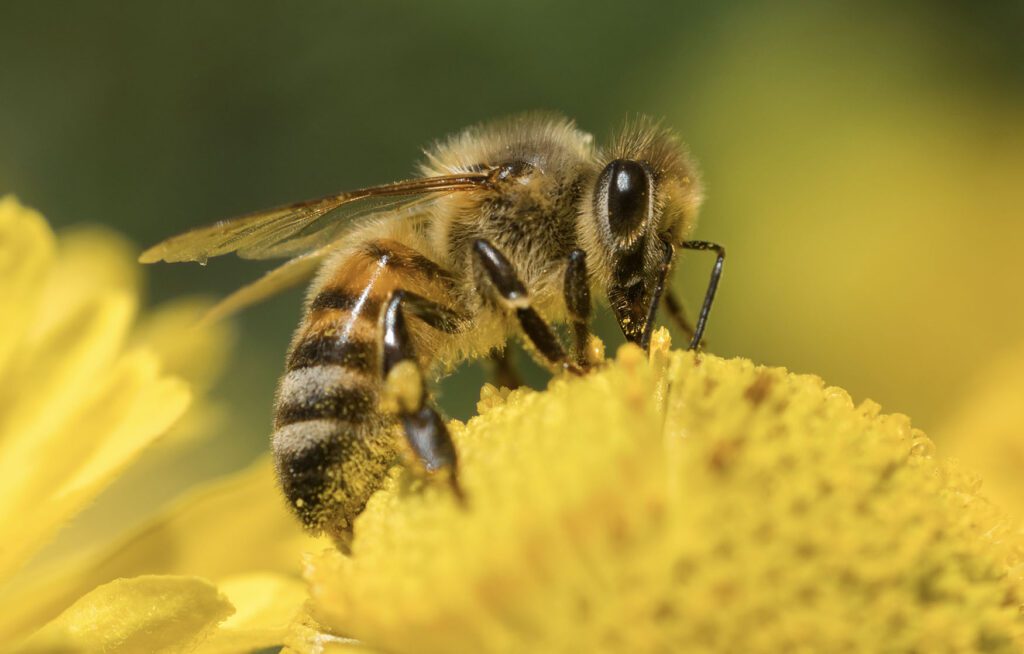Robotic Insect Swarms: The Future of Pollination
Pollination is more than just a buzzword—it’s a vital component of global food production. However, as we continue to strip away bee habitats, grapple with climate change, and excessively use pesticides, bee populations are declining at an alarming rate. Fortunately, researchers at MIT are working on an innovative solution: robotic insect swarms designed to support artificial pollination.
Revolutionary Miniature Robots
These miniature robotic pollinators are engineered to hover, navigate skillfully, and even perform aerial flips. Unlike their predecessors that struggled with endurance and control, these latest models boast impressive flight times of up to 1,000 seconds—about 17 minutes—which is over 100 times longer than earlier versions.
Weighing less than a paperclip, each robot features a groundbreaking wing structure and artificial muscle design that boosts both speed and stability. By minimizing mechanical stress on their wings and actuators, researchers have extended their flight duration and durability, taking significant strides toward practical application.
Advanced Muscle Technology
The secret behind their flight is soft artificial muscles made from carbon nanotube electrodes mixed with elastomers that power the wings. In a significant leap from earlier designs, these robots now employ a more effective four-wing configuration instead of the previously troublesome eight-wing setup, which caused airflow issues.
Working Together in Swarms
The potential of these robotic insects could be revolutionary. The researchers envision them working in swarms to coordinate pollination efforts over extensive areas—think greenhouses, indoor farms, and even sprawling outdoor fields. While tiny drones have been suggested for pollination in the past, the capabilities of this new breed of robot make them particularly noteworthy.
Future Developments on the Horizon
Looking ahead, MIT researchers are focused on enhancing these robots even further. They aim to extend flight time beyond 10,000 seconds (approximately 2.8 hours) and equip the robots with tiny sensors, batteries, and computing capabilities for autonomous flight outside the lab. If they succeed, this could be a game-changer in ensuring the sustainability of our food systems.
Not just limited to agriculture, there’s enormous potential for these robotic swarms in environmental monitoring, disaster response, and precision surveillance. Thanks to their small size and adept flight capabilities, they can navigate tight spaces and operate in challenging environments where traditional drones might fail.
A Bright Future Ahead
As development continues, the hope is that these little flying machines can be perfected to meet various needs. Imagine fields of crops being pollinated with the precision of a drone or monitoring ecological health in hard-to-reach areas.
In a world where the natural pollinators are dwindling, innovations like these offer a glimmer of hope. They remind us that technology can interlace with nature to address pressing global issues.
The AI Buzz Hub team is excited to see where these breakthroughs take us. Want to stay in the loop on all things AI? Subscribe to our newsletter or share this article with your fellow enthusiasts!




